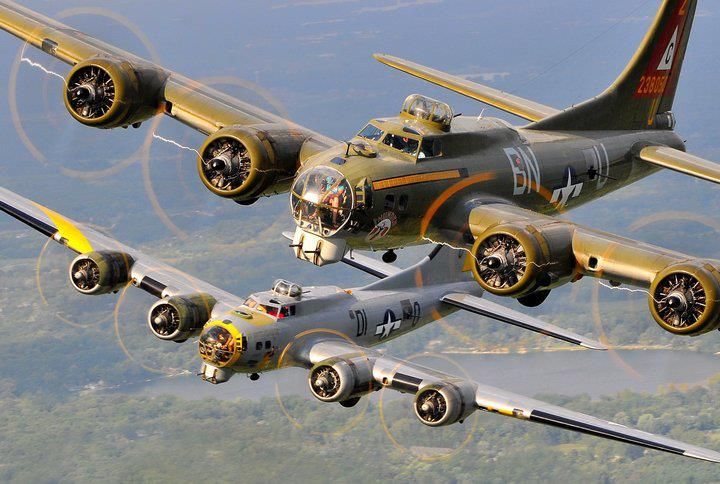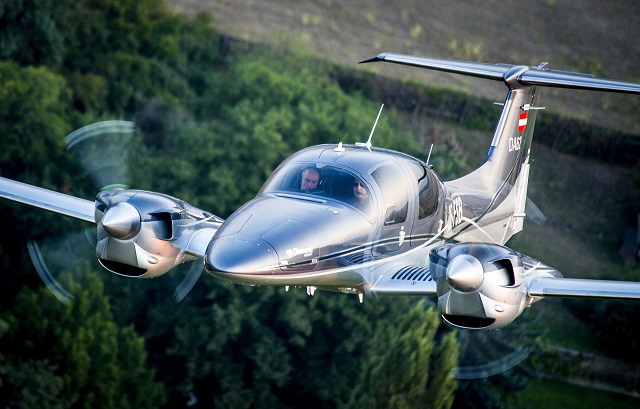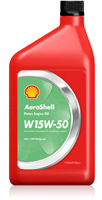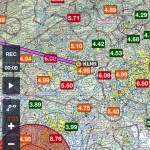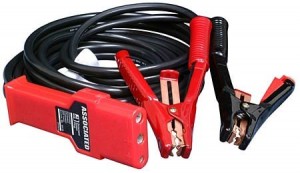Mooney announced last week the redesign of their current Ovation and Acclaim models. The biggest change that Mooney pilots will love is the addition of a pilot’s door, allowing the pilot to enter on the left side instead of having to crawl over the passenger seat.
Other upgrades include a keypad for easier data entry on the G1000 and an all in one, digital standby instrument that includes attitude, airspeed, and altitude.
This raises the question, will Piper and Beechcraft follow suit?

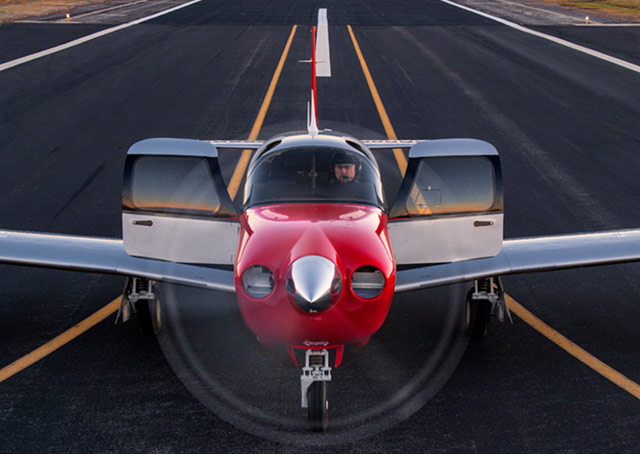
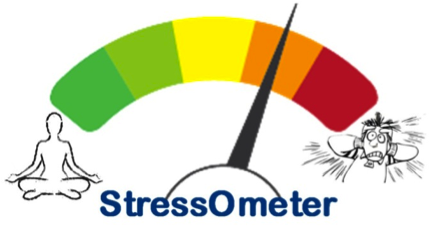 This is a huge one that pilots ignore a lot. Maybe it was a stressful day at work, maybe you are running late to the airport, your meeting got moved up, whatever. Stress can jump on you and mess up a pilot’s thinking very quickly. If you have a lot of other things on your mind and you aren’t able to focus just on flying, it might be a good idea to stay on the ground.
This is a huge one that pilots ignore a lot. Maybe it was a stressful day at work, maybe you are running late to the airport, your meeting got moved up, whatever. Stress can jump on you and mess up a pilot’s thinking very quickly. If you have a lot of other things on your mind and you aren’t able to focus just on flying, it might be a good idea to stay on the ground.